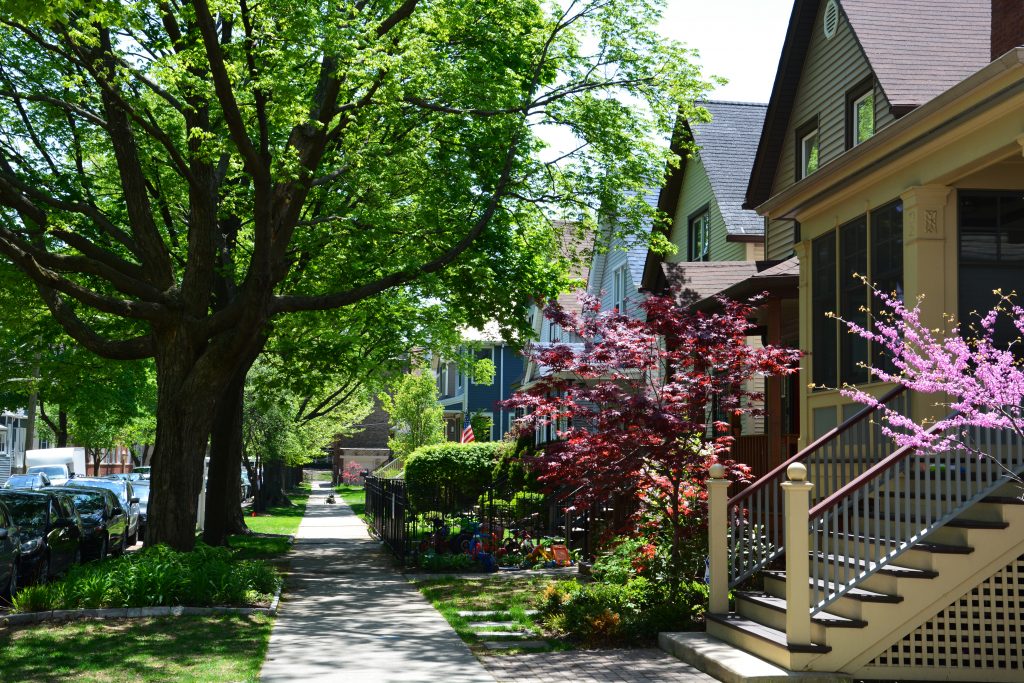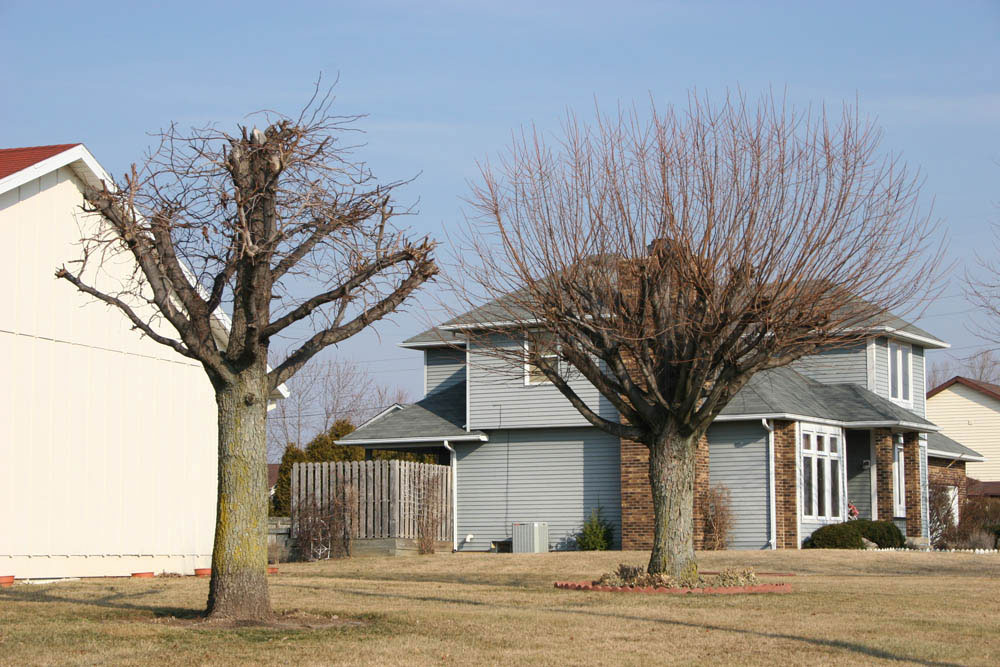Maintain Your Trees

The Role of Forestry in a Community
Many communities employ foresters in order to develop and maintain healthy tree populations. Foresters perform a variety of tasks to ensure that their community has a healthy tree population, because the benefits of tree stewardship are well documented. In fact, a healthy tree can increase your property value by as much as 27%. Spreading that impact throughout a community has an enormous impact on well-being, which means street trees and the community forest is as important as sidewalks, street lights, and other community amenities.
Topping and Tree Trimming

Tree topping is the process of severely cutting back large branches on mature trees. This is often done in order to accommodate power lines or allow more shade to get through the tree’s canopy. Tree topping is universally opposed by tree care professionals because the practice leaves the tree more susceptible to disease and decay, which leads to more frequent maintenance and increased hazards from falling limbs and whole trees.
There are acceptable pruning techniques to achieve the desired outcomes, such as power line avoidance or increased shade. A certified arborist or other tree care professional should always be consulted for this type of work.
Also, when selecting a new tree, always plan for the future and avoid planting anything but small trees where conflicts with power lines may occur. Remember that trees grow out and not just up!
Mulching

In a residential or commercial setting, trees often need mulch placed around their trunks. The mulch helps in several ways:
- It insulates the soil and acts as a buffer from temperature extremes
- It helps retain moisture by slowing evaporation from the soil
- It helps reduce weed pressure
- It prevents the soil from getting compacted when people walk and sit under the tree
- It reduces damage inflicted by mowers working too close to the trunks
There are a few keys to applying mulch properly:
- Remove any grass or weeds in at least a 3’ circle before mulching
- Apply mulch 2-4 inches deep
- Keep the mulch from touching the trunk of the tree. In other words, don’t mound it up. Consider the mulch a saucer for keeping water near the tree instead of flushing it away.
Managing Woodlots
While owning a woodlot might not fit everybody’s temperament, these small “forests” provide valuable services for which we can be thankful. These lots help to reduce stormwater impacts, increase aesthetic value, provide wildlife habitat, and make economic contributions. Managing a woodlot to maximize these benefits can be challenging. If you are in this position and would like some help, visit the Purdue Extension and check out the DNR’s woodlot owners series.
If you have 10 acres or more, you can enroll in the Classified Forest program with the State of Indiana. This results in reduced property taxes and assistance managing the land for timber production, wildlife habitat, and watershed protection.